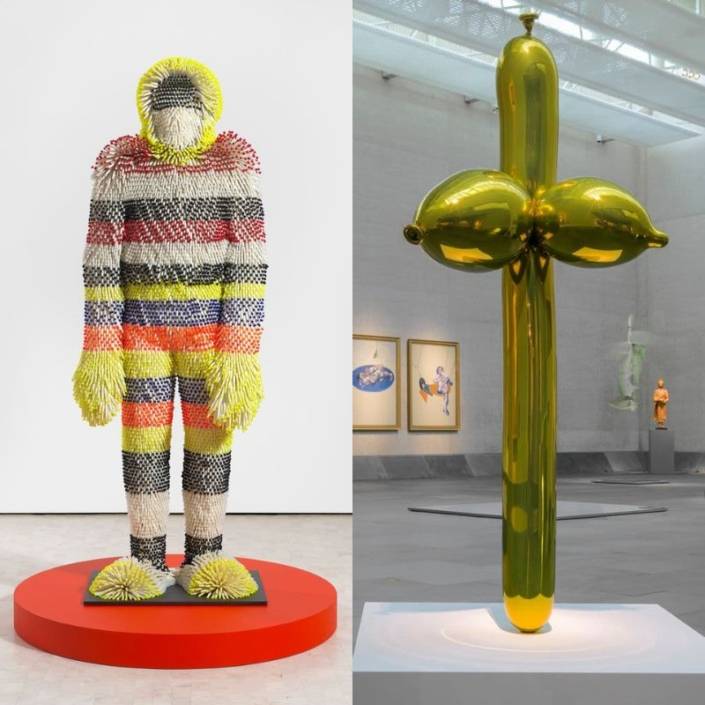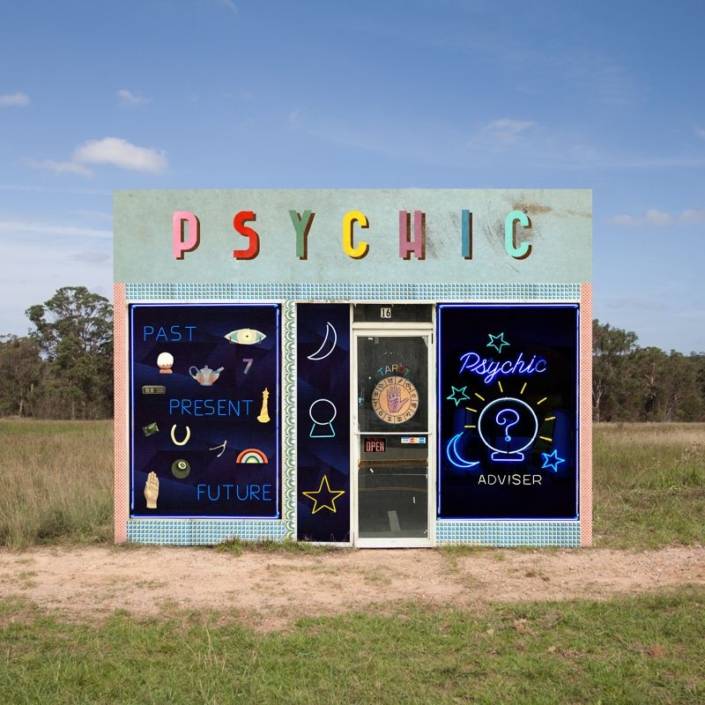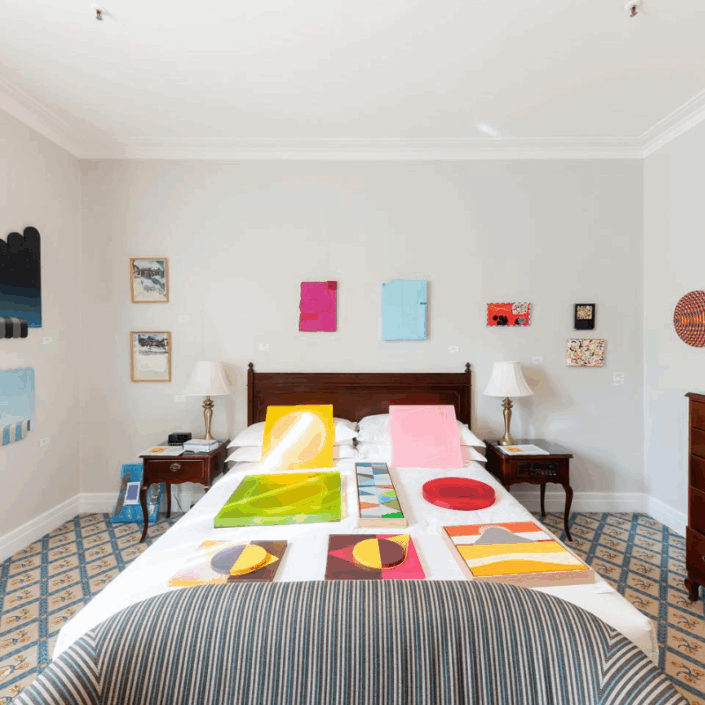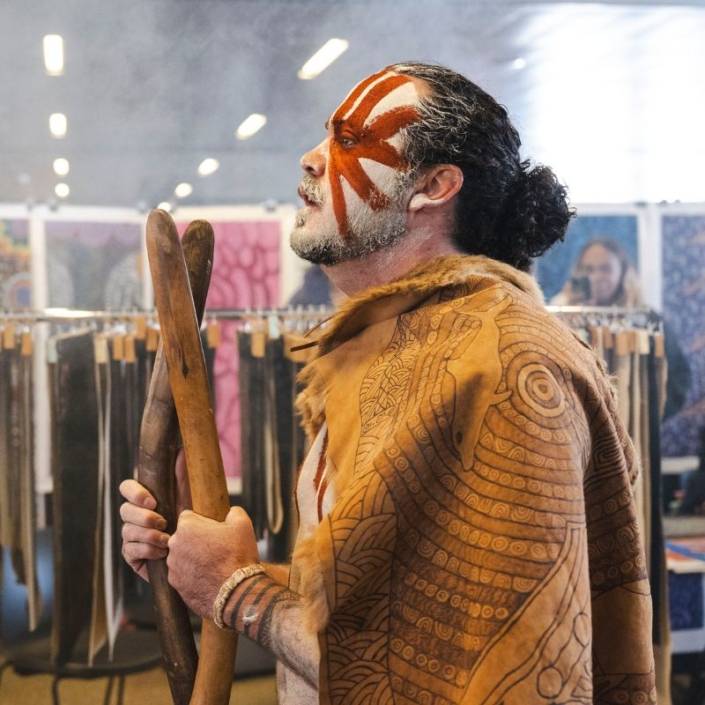Collecting in COVID: Go digital or die
We explore how the commercial gallery sphere is adjusting in the face of COVID-19.
Words: Camilla Wagstaff
COVID-19 has fundamentally altered so many aspects of modern life, not least the way we view, engage with and collect art. Sydney gallery Nanda\Hobbs has been hosting drive-by viewings in response to the social distancing measures that now dictate our lives, where “people view works from their front window whilst in lockdown,” says director Ralph Hobbs. “Unorthodox, maybe – but there is no manual for art dealing in a pandemic!”
We spoke to dealers across the region, taking the temperature on how the commercial gallery sphere is adjusting in the face of COVID-19 measures.
From private online viewing rooms and hundreds of personalised emails to Zoom openings and interactive virtual spaces, the artworld’s commercial sector has adapted to the new norms at lightning speed in a bid to keep doing what they’re made to do: support artists. It’s what Sullivan+ Strumpf director Ursula Sullivan has deemed a “seismic shift in gallery operations”.
There was one thing all galleries surveyed could agree on when it came to collecting art in COVID: go digital or die.
“The situation is an unfolding new reality,” says ARC ONE director Fran Clark. “Some surprising silver linings have appeared in the uncertainty, with good outcomes to improve the online aspect of the gallery. With all galleries opting for the online exhibition concept as the only current alternative, ARC ONE along with others will present online exhibitions and do physical exhibitions in 2021.”
Dominik Mersch Gallery has also gone full steam ahead with its online content. “We’re particularly proud of our virtual tours, which we have been producing since 2018,” says the Sydney gallerist. “In this climate, they have become a vital tool for transporting people into the exhibition space from home. We have worked hard on not just mirroring the exhibition, but also adding to it in a way that can only be achieved online: embedding extra content so that audiences can listen to artist interviews, read curatorial texts, follow links to the projects of other institutions, and go down the rabbit hole of aesthetic exploration online.”
DMG hosted its first Zoom opening last Friday to launch two new solo shows. The Zoom opening included an intimate Q+A with the artists and a guided tour of the exhibition by the artist, with DMG staff navigating the virtual tour as well as the gallery itself on-screen. “We have also been focusing on delivering more content straight from the studio, including new works launched in our online shop, Instagram interviews, and even an artist’s reading and listening list.”
Hobbs makes the point that “in essence, all exhibitions are virtual now and really have been for years (in addition to the traditional gallery shows). It is the portal that the majority of art collectors and enthusiasts make a connection with an exhibition. The obvious ideal is to experience a show in person – to get the feel for installation – but that’s not always possible in the best of times! That said, the documentation ability we have available at our fingertips is remarkable. The capacity to have 3D views of the gallery and for the viewer to focus in on individual artworks, gives you a great sense of the work. Video launches with discussions about the artist and the work are integral to the new contemporary way of dealing with art. Various imaging processes such as photoshopping art into spaces are becoming very popular.”
Alcaston Gallery’s Beverly Knight agrees: “Online / virtual exhibitions are very normal for Alcaston. Our artists are often based in remote areas of Australia and we always make sure each exhibition is available for them to view virtually if they do not make it into the gallery. Personal messages from the artists from their communities and Art Centres in lieu of being able to attend their exhibition openings is facilitated through email and social media; it has also been positive from artists as we aim to present the artworks as best we can.”
In general, galleries report that online traffic is up,with sharp increases in website views and growing numbers of followers on social media.
“An opening speech may only reach the people in the room,” notes Hobbs. “Chen Ping‘s recent opening talk (just me and someone operating the camera in the gallery) reached 10 times the usual audience. People were once time-poor, now they have more time. Whilst there is plenty of anxiety about the future – so they may not want to acquire just yet – it is the perfect time to research artists and artist’s work.”
Michael Fox of Melbourne’s Fox Galleries reveals an innovative physical element to his online shows. “We are working behind the scenes to present Modern Seasons, the great curve – a publication series presenting a portrait of the four seasons. The four-part publication is a documentation of five Australian Visual Artists response to the navigation of the isolation causation of COVID-19 and to provide some joy in a time of disconnection. Our first online exhibition is Botanicus Fantasticus with Mark Schaller presenting Autumn, first in the 4-part exhibition and publication series. This is an excellent opportunity for us to work remotely with the artists and to produce a physical guide to the online exhibitions.”
Whether these viewing modes are translating to sales remains to be seen. In general, commercial galleries report consistent sales on works with lower price points, with major sales fewer and further between.
Ursula Sullivan makes the point that “It’s tricky to tell at this time because around Easter time is never great – everyone is on holidays. It is the long term that we assume will be affected the most.” Sullivan+Strumpf launched its first fully online show of work by Glenn Barkley in April, reporting that “it did rather well. The price point for his work is not high, though.” In terms of major sales, Sullivan is “sad to say, not really…”
“We are not expecting collectors and clients to have as their main focus the acquisition of contemporary art just at present, therefore transactions are slow,” notes Fran Clark. “But let’s keep in mind ARC ONE has been in business for many years, and it’s not as if we haven’t seen other downturns in the marketplace. That said, this is quite unprecedented, concerns about the effects of the pandemic are high and new issues unfold week by week. It’s a wait and see position. What we do know, is that we will remain strong.”
Hobbs holds a similar sentiment. “Sales of major works are hard to come by at the moment. The perception (much like the property market) is that it’s not a great time to sell trophy works. There is always interest in blue-chip artists and well curated catalogues will receive plenty of attention. The secondary market is a function of image/artist and price. So, if you have the right image for a collector at the right price generally you will see transactions. At Nanda\Hobbs, we have had some good sales around some of our strong mid-career artists. Most of these transactions have come about through established relationships with clients and knowing what they want.”
Indeed, gallerists generally suggest that long-term, one-on-one relationships between gallerists and collectors appear to lead to more sales than a flashy site and large social media following.
Andrew Baker reports he has continued to make some sales nationwide and has also been fielding interest from clients in the USA and UK stuck in full lockdown. “All I know is that from the hundreds of personalised emails I have sent over the past week or so, people seem to be thankful for us keeping them up to date with the gallery’s activities,” he says. “Many have said they are not in a position to acquire works at the moment, which is understandable, however they appreciate seeing new works and continue to follow our artists’ careers with great interest.”
Melbourne’s Alcaston also reports some recent major sales, “made from contacting clients regarding new and important works,” says Knight. “It does feel somewhat awkward and lacking in sensitivity, however we need to remember that our artists rely on Alcaston Gallery for income.”
“We have past collectors supporting the gallery throughout this time and we are very pleased to be featured on the Postcards Channel9 show recently, which can be viewed on 9Now,” adds Fox. “It was a brilliant experience and we have subsequently received a lot of online enquiries.”
“We have been working with collectors online nationally and internationally for many years now, and have successfully moved work sight-unseen,” says Clark. “What will happen now of course is that the focus will be purely online. These web structures are not just a support to our front of house – they are the key factor of business until the distance measures are lifted. Of course, the emphasis in these areas of promotion will change as circumstances change in the future.”
Stay with us over the coming weeks as we continue to chronicle collecting art in the time of COVID-19.
Image: Virtual exhibition view of work by Jonathan Delafield Cook at Olsen Gallery, Sydney, 2020.







